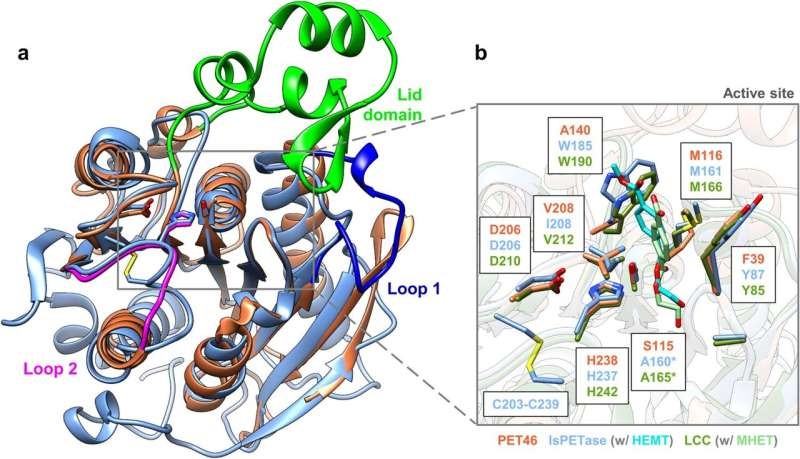Free Courses Sale ends Soon, Get It Now


Free Courses Sale ends Soon, Get It Now



Disclaimer: Copyright infringement not intended.
In News
Background
New study
The new enzyme: PET46
Promising biotechnology applications
|
PRACTICE QUESTION Q. Consider the following statements: 1.Ferulic acid esterase degrades the natural polymer lignin in plant cell walls by breaking down lignin polymers to release sugars from woody plant parts. 2.PET46 enzyme degrades polyethylene terephthalate and it is extracted from a non-cultured deep-sea microorganism. 3.PET46 is very similar to enzyme, ferulic acid esterase. How many of the above statements are incorrect? A) Only 1 B) Only 2 C) All 3 D) None Answer: D) None |
© 2024 iasgyan. All right reserved